The 11 Healthiest Whole Grains
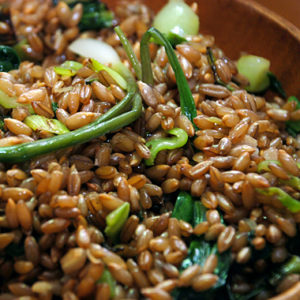
Whole Rye – Rye has more nutrients per 100-calorie serving than any other whole grain. It has four times more fiber than standard whole wheat and provides you with nearly 50 percent of your daily-recommended amount of iron. The problem is, most rye and pumpernickel (made primarily from rye) bread in this country is made with refined flours. Be persistent; look for “whole rye” topping the ingredients list to get the healthy benefits.

Whole Wheat can be readily found in bread and pasta products, but make sure the label says “100 percent whole wheat.” Terms like “multigrain” and “wheat” don’t cut it. Look at the ingredients and make sure the whole grain is at or near the top of the list. Each serving should contain at least 2 or 3 grams of fiber.
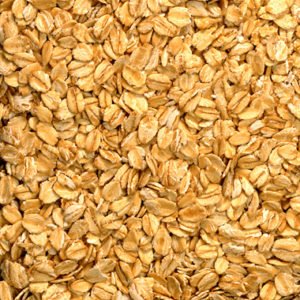
Whole Oats/Oatmeal are particularly rich in avenanthramide, an antioxidant that protects the heart. If you are buying something like instant oatmeal, avoid those that contain high-fructose corn syrup. A study this year found that the ingredient was a source of mercury contamination in oatmeal.

Bulgur – The grain is used to make tabbouleh salad and is a great source of iron and magnesium. The fiber and protein powerhouse (a cup contains nearly 75 percent of the dietary fiber you need for the day, and 25 percent of the protein you should get) can be used in salads or tossed in soups. It’s ready in minutes.

Brown Rice – When you choose white rice over brown, around 75 percent of rice’s nutrients – antioxidants, magnesium, phosphorus, and B vitamins contained in the healthy bran and germ—are left on the milling-room floor. Buy brown rice including brown aromatic varieties like basmati and jasmine.
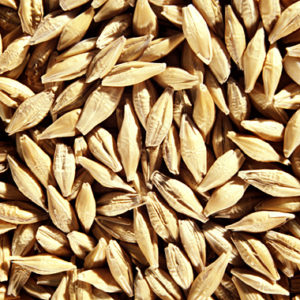
Whole-Grain Barley – Eating a half-cup of whole barley regularly for a 5-week period cut participants’ cholesterol levels by nearly 10 percent. Add raisins or dried apricots to quick-cooking barley, and serve it as a side dish. Make sure it’s whole-grain barley, not “pearled,” which means the bran and germ has been removed.

Buckwheat – It’s one of the best grain-based sources of magnesium, a wonder mineral that does everything from ease PMS symptoms to improve nerve functioning, and manganese, which boosts brain power.
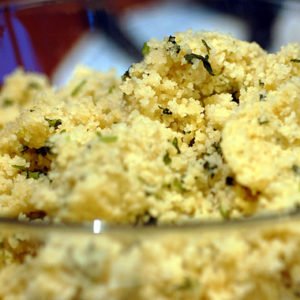
Whole-Wheat Couscous – Look for the whole-wheat kind, often most easily found in natural-food stores. Skipping the refined version and going with the whole-grain type will gain you 5 additional grams of fiber.

Corn – Corn can be healthy for you when it’s whole! A good source of B vitamins, magnesium, and phosphorus, whole corn is thought to increase healthy gut flora, ward off diabetes, heart disease, and chronic inflammation. Yellow corn is high in antioxidants. Organic is important, as about 40 percent of the corn grown in the United States is genetically modified (GM) to withstand higher doses of pesticides. Some studies are starting to link GM foods to allergies and other health problems.
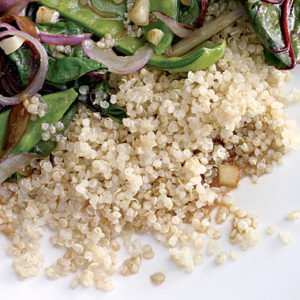
Quinoa – Though it’s technically a seed and not a grain, this ancient South American power food is packed with more protein than any other grain, and each uncooked cup of the stuff (about three servings) has 522 milligrams of omega-3 fatty acids. Your family will likely enjoy its light, nutty flavor for a change of pace at the dinner table.
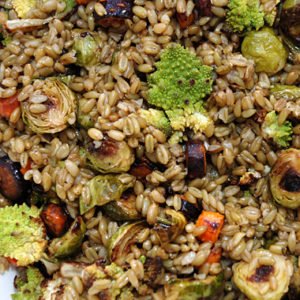
Freekeh – This Arabic grain is a low-carb form of ancient wheat that has up to four times more fiber than brown rice. Freekeh kernels are harvested while they’re young and then roasted. They contain more vitamins and minerals, such as immune-boosting selenium, than other grains. Freekeh acts as a prebiotic, stimulating the growth of healthy bacteria that aid digestion. Look for it in Middle Eastern markets or natural-food stores.
